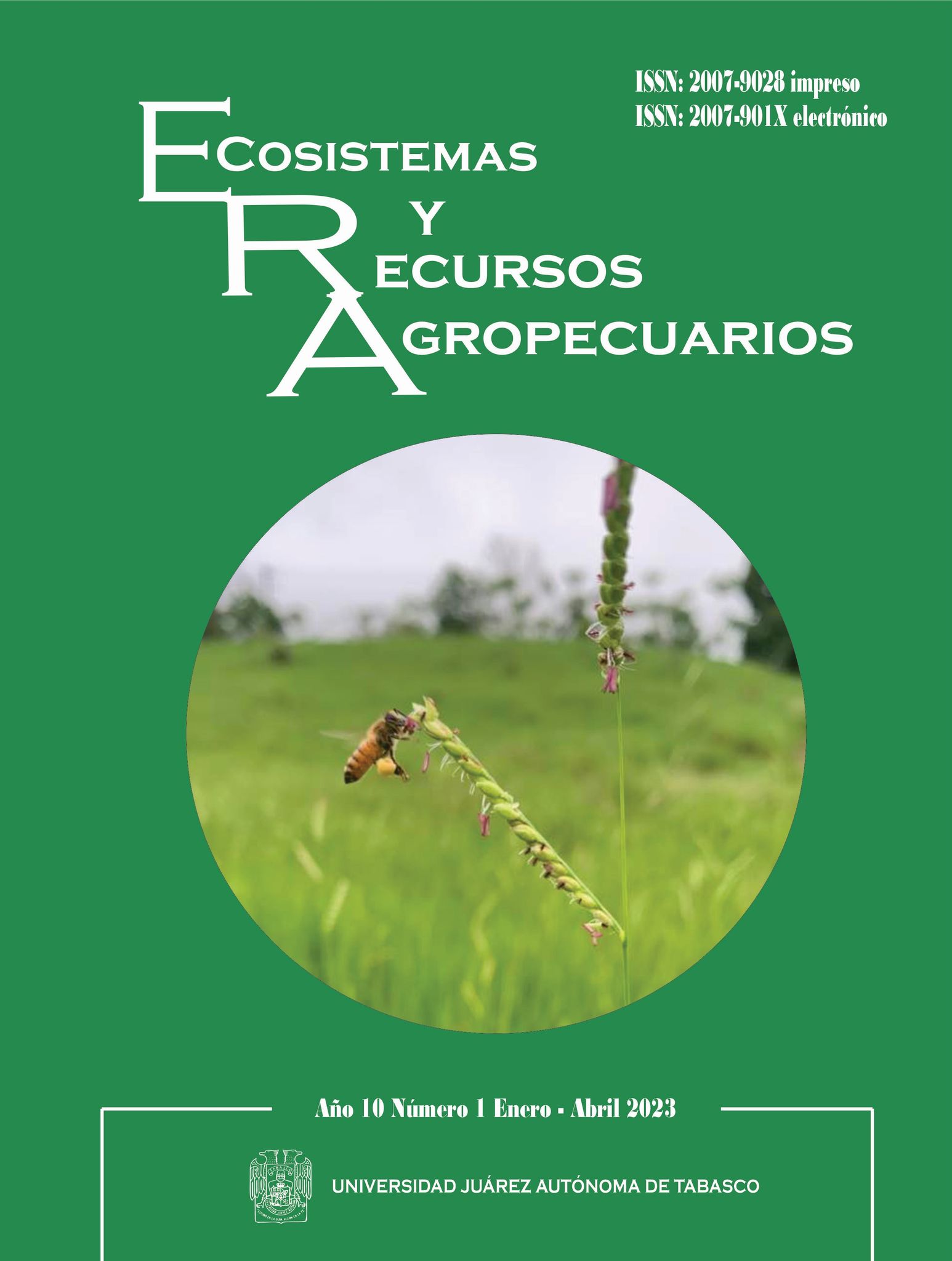Physicochemical properties of Scaptotrigona mexicana honey from the Highlands of Veracruz, Mexico
DOI:
https://doi.org/10.19136/era.a10n1.3380Keywords:
color, electrical conductivity, hydroxymethylfurfural, Meliponini, water activityAbstract
Stingless bees play an important role in maintaining the balance
of the ecosystems they inhabit by actively participating in the pollination of most flowering plants. The objective of this study was to characterize physicochemically honey from the stingless bee species Scaptotrigona mexicana from Fortín de las Flores, Cañada Blanca, and Manuel León, in Veracruz, Mexico, collected in 2017 and 2018. The experimental design was completely randomized, with two factors: location and year of sampling. The analysis of variance showed that the interaction of factors affected water activity, but not hydroxymethylfurfural content. In honey from Fortín de las Flores, greater values for color, electrical conductivity, pH, lactone acidity,
and total acidity were observed. The year with the highest recorded values of the measured parameters was 2017. The data obtained indicate good quality of young honey and that the highest values of the measured variables
were observed in Fortín de las Flores.
Downloads
Downloads
Published
Issue
Section
License
Copyright (c) 2023 Ecosistemas y Recursos Agropecuarios

This work is licensed under a Creative Commons Attribution-NonCommercial-ShareAlike 4.0 International License.
Aviso de copyright
Los autores que se envían a esta revista aceptan los siguientes términos:
una. Los autores conservan los derechos de autor y garantizan a la revista el derecho a ser la primera publicación del trabajo con una licencia de atribución de Creative Commons que permite a otros compartir el trabajo con un reconocimiento de la autoría del trabajo y la publicación inicial en esta revista.
B. Los autores pueden establecer acuerdos complementarios separados para la distribución no exclusiva de la versión del trabajo publicado en la revista (por ejemplo, en un repositorio institucional o publicarlo en un libro), con un reconocimiento de su publicación inicial en esta revista.
C. Se permite y se anima a los autores a difundir su trabajo electrónicamente (por ejemplo, en repositorios institucionales o en su propio sitio web) antes y durante el proceso de envío, ya que puede conducir a intercambios productivos, así como a una cita más temprana y más extensa del trabajo publicado. (Consulte El efecto del acceso abierto).


